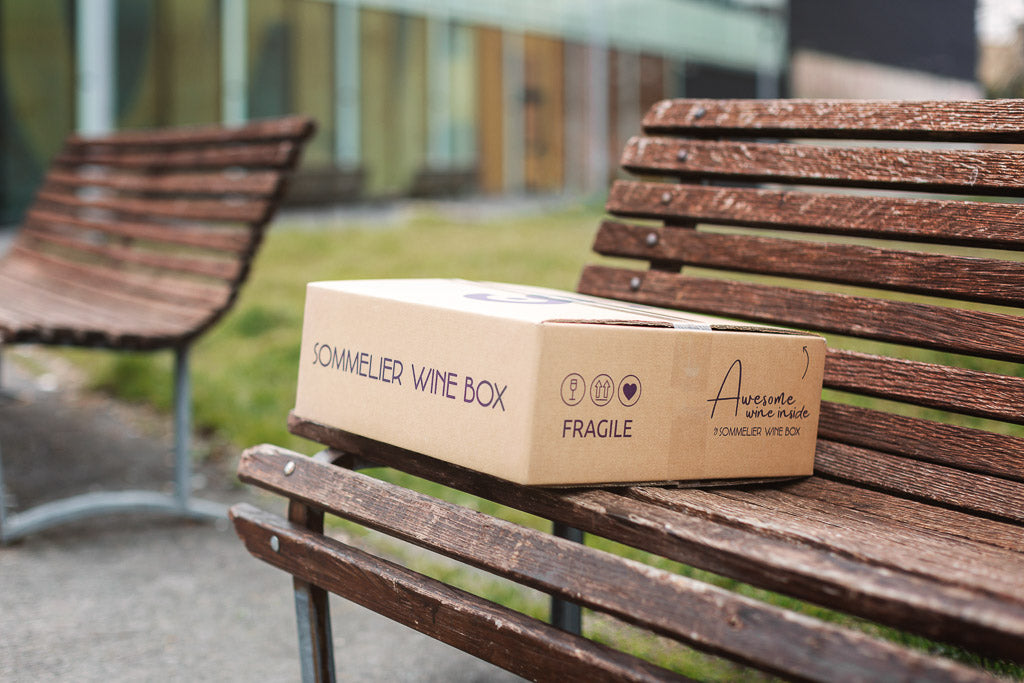Wine legislation, in Italy and in Europe, is a topic of complexity and to a certain extent also of debate. For years, wine regulations in Italy have triggered passionate debates and conflicting opinions. How are wines classified? What are the differences between European and Italian laws? What is the production specification? Here's what you need to know about wine legislation, in five simple points.
The laws of wine are more important than you might think, not only for professionals but also for enthusiasts: here's what you need to know.
The laws of wine: introduction to European legislation
The member states of the European Union have the obligation to lay down laws on food matters. And this is to avoid fraud, safeguard the health of citizens and thus protect the consumer. Community regulations include:
- Regulations : groups of rules that legislate in specific matters (from production to the classification of produced wines).
- Directives : they do not deal with specific matters, but define constraints on the effects of the rules.
- Decisions : express precise constraints for the recipients.
The laws of wine in five points :
1. The classification of wines in Europe
Regulation 479/2008 of the European Community establishes that the type of classification is as follows:
- Wines with Designation of Origin : wines that boast a specific link with the geographical territory, identified as DOP and IGP - have a particular production specification and are produced in specific areas of the European Union.
- Wines without Designation of Origin : wines that do not have a specific link with the terroir and are not subject to particular production regulations.
2. Italian legislation
In Italy, it is Legislative Decree 61 of 2010 that regulates oenology with regards to Designations of Origin and Geographical Indications. The decree is very specific and concerns: vine varieties, cultivated surfaces, oenological treatments, production area, type of vine and permitted terms.
3. Classification of wines in Italy
The two macro categories are:
- PDO : Protected Designation of Origin - means the geographical name of a particularly suitable wine-growing area, which therefore determines quality wines, whose characteristics can be traced back to natural and human factors. They in turn are classified into: DOC ( Controlled Designation of Origin ) and DOCG ( Controlled and Guaranteed Designation of Origin ).
- PGI : Protected Geographical Indication - means the geographical name of an area and designates a wine that possesses qualities and organoleptic characteristics attributed to that specific area. In turn, these geographical indications are classified into IGT ( Typical Geographical Indication ).
4. IGT, DOC AND DOCG
An IGT is reserved for the region in which the wine is produced: these are rather large areas, but (generally) delimited by regional borders . Although the classification is placed on the lowest level of designations of origin , wines of the highest quality and value can be found. And a countertrend should not be underestimated, that of moving away from the highest denominations in the scale in favor of IGTs.
The DOC recognition refers to areas suited to the production of quality wines that have maintained the IGT classification for at least 5 years . DOC wines must express organoleptic characteristics linked to the production area and therefore fall within a specific production area, as well as comply with indications on the grape variety, yield per hectare, alcoholic strength and acidity .
The DOCG recognition provides for a more restrictive viticultural and oenological discipline. It is reserved for wines already recognized as DOC for at least 10 years , considered of particular value for their qualitative characteristics (soil, grapes, production method...) and for their commercial reputation. They are wines of enormous value, recognized nationally and internationally.
5. Mandatory and optional information on the label
The label is the identity card of a wine, the document that certifies its legal requirements for marketing. Labeling refers to terms, wordings, trademarks, images and symbols that accompany a product. The mandatory indications are:
- Product category (wine, fortified wine, sparkling wine...).
- Name of the wine (DOC, DOCG, IGT).
- Alcoholic strength by volume.
- Name of the bottler and any importer.
- The sugar content, if they are sparkling wines .
- Possible presence of allergens: example: the presence of sulfur dioxide must be indicated on the label with the words "contains sulphites" or "contains sulfur dioxide".
The optional indications are:
- Name of the wine, commercial brands and terms such as Castello, Abbazia, Rocca referring to the agricultural company.
- Vintage and variety of grapes.
- Sugar content, if they are not sparkling wines.
- Indications regarding the aging method: fermented, matured or barrel-aged.





